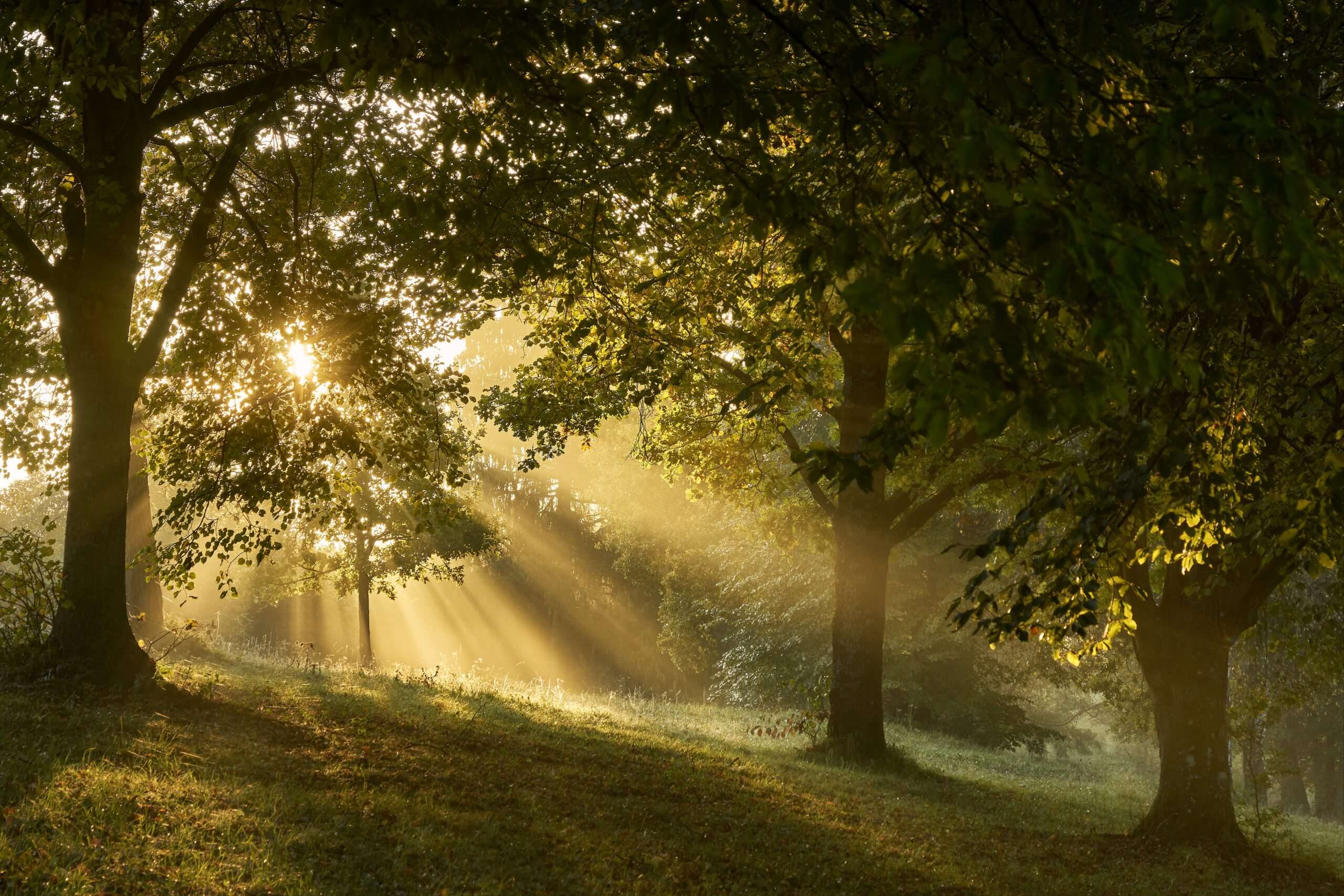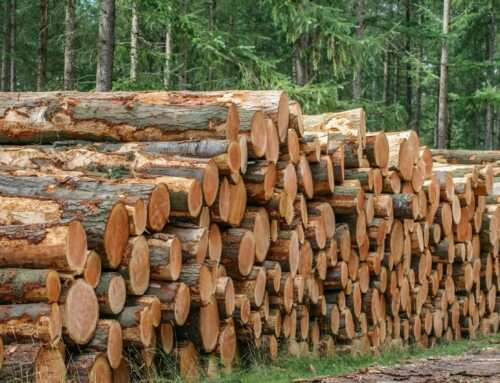The Importance of Veteran Trees
Throughout its natural life, a tree will face all manner of trials. These can be as a result of encroaching human development, competition from their neighbours or even the relentless cycle of the elements around them. Some will weather the storm better than others and go on to be prominent champions of the landscape. Others will wear their scars proudly – these are the veteran trees.
Veterans are generally characterised by their great size and impressive wounds, cavities and scars that adorn them. A typical veteran will be marked by a hollowing of the stem, large cavities, tear-out wounds, water pockets, fungal fruiting bodies and an abundance of deadwood.
It is worth noting that veteran status does not necessarily correlate with age. A tree may be ancient but not veteran or vice versa. Veteran trees may be hulking oaks and ash, with a stem over 2m in diameter and cavities large enough for a man to stand in. Or they may be a relatively diminutive hawthorn, gnarled and twisted by the ravages of time.

By Ben Jones, Arboricultural Consultant


Britain boasts the highest concentration of veteran trees throughout Europe. They represent not only the indomitable will of trees to survive anything that nature can throw at them but also provide tangible links to our heritage and culture.
Historic farming practices involved managing trees as pollards (selective pruning to encourage vertical canopy growth) or coppices (pruning cuts made close to the ground leading to a proliferation of trunks growing from a central ‘stool’). This latter practice was widely used in pasture settings to encourage the crown to grow vertically, above the grazing height of livestock beneath. Without the routine pruning of their limbs to maintain this form, such trees may eventually lapse and fail in often spectacular ways. A high proportion of veteran trees can trace their roots back to these historic farming practices.


Veteran trees are also a haven for wildlife. The protrusions of large dead limbs in the upper crown of an oak, or stag-heading, can provide a bespoke perch for raptors scanning their hunting grounds. A cavity can become home to a roosting barn owl. The various tear-outs and knotholes serve as entry ways for bats returning from foraging to rest during the day.
There are even certain species which depend exclusively on veteran trees. Lichens, mosses and certain butterflies are reliant on veteran trees for part or all of their lifecycle.
All that being the case, the need to protect, maintain and safeguard the veteran trees of the UK is obvious. Currently, the Ancient Tree Forum offer multiple training courses and host veteran tree trail walks across the country. They also maintain an online register of veteran and ancient trees, to which the public can add their own records for consideration.
Among the best places to find veteran trees today are parklands and country estates. Nicholsons are currently engaged in surveying the veteran trees across one such estate and have identified a number of impressive veteran specimens including oaks, ash and field maple.
As part of our brief, we will also be preparing a Management Strategy. This will outline recommended management works to be implemented for maintaining and safeguarding these prized specimens for the future.
Our arboriculture team provide a full range of services to support you with trees and development, ensuring that you meet the requirements of the local authority. For more information, visit our website or contact our Admin Support, Franca.






